The American online publication "Politico" in the material Lee Hudson "U.S. looks to shift air defense systems from Middle East to Ukraine, Raytheon chief says. The Biden administration would have to approve the arrangement to transfer the air defense systems to Ukraine" ("The head of Raytheon said that the United States hopes to transfer air defense systems from the Middle East to Ukraine. The Biden administration will have to approve this agreement on the transfer of air defense systems to Ukraine") reported that, according to the statement of Raytheon Technologies Corporation CEO Greg Hayes, the United States is negotiating with two Middle Eastern countries that are customers of NASAMS air defense systems, on the transfer of their complexes to Ukraine, with subsequent compensation to these countries by the supply of new air defense systems of this type within 24 months.
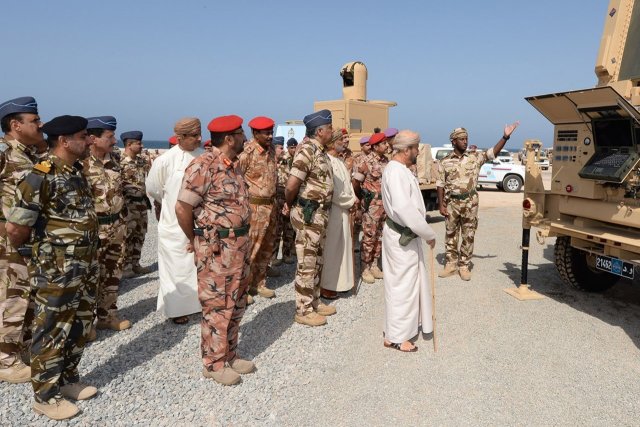
Demonstration to the leadership of Oman of elements of the Raytheon/Kongsberg NASAMS anti-aircraft missile system received from the United States, including the electron-optical detection station (left) and the AN/MPQ-64F1 Sentinel radar (right), October 2018 (c) Jeremy BinnieAccording to the CEO of Raytheon Technologies, the United States is working with the countries of the Middle East on the transfer of several of their air defense systems to Ukraine.
The goal is to send NASAMS air defense systems to Ukraine within the next three to six months, Raytheon Technologies CEO Greg Hayes said in an interview. The US will then replace these systems with the delivery of new NASAMS to the Middle East over the next 24 months.
"There are NASAMS deployed in the Middle East, and some of our NATO allies and we [the US] are actually working with a couple of Middle Eastern countries that are currently using NASAMS and trying to send them to Ukraine," Hayes said.
He noted that the transfer of systems from the Middle East will be faster than their manufacture in the United States. "The fact that it takes 24 months to manufacture does not mean that it will take them 24 months to get into the country," he said.
According to Hayes, it takes two years to produce NASAMS air defense systems due to the time required to purchase electronic components and rocket engines.
The Biden administration will have to approve this agreement on the transfer of air defense systems to Ukraine. A spokesman for the U.S. Department of Defense was not immediately available to respond to a request for comment.
Ukrainian officials have been lobbying the United States for months to supply NASAMS air defense systems to counter Russia's missile attacks. These complexes have a longer range than other air defense systems that Western countries have sent to Ukraine. The first two NASAMS air defense systems arrived [in Ukraine] in early November, and the United States promises that additional ones will be delivered in the future.
On November 30, the US Army signed [with Raytheon] a contract worth up to $ 1.2 billion for the supply of six NASAMS air defense systems to Ukraine by 2025. The contract is part of the fifth package of military assistance allocated under the program of the Ukraine Security Assistance Initiative (USAI) and includes training and logistical support.
Raytheon declined to name the countries of the Middle East that will supply the [NASAMS] complexes, but according to the Defense Security Cooperation Agency of the US Department of Defense (DSCA), the customers of [NASAMS] in the region are Oman and Qatar.
Oman signed a contract with Raytheon for NASAMS air defense systems in 2014, with deliveries in 2016. The United States authorized the sale of NASAMS air defense systems to Qatar in 2019. The government notifications did not specify how many complexes Oman and Qatar are purchasing.
The training of personnel is a problem for the United States when they send modern weapons to Ukraine. According to Hayes, the Norwegians have trained about 60 Ukrainian servicemen for two NASAMS air defense systems. The Norwegian company Kongsberg develops and manufactures NASAMS air defense systems together with Raytheon.
Training of personnel for the use of NASAMS air defense systems usually takes six months, but Ukrainians were trained in 60 days. According to Hayes, Raytheon has a support center in the region, with which the corporation can provide technical support after the deployment of parts of the SAM.
From the bmpd side, we point out that by now, Oman and Qatar are the customers of the NASAMS air defense system in the Middle East. Oman signed an agreement worth $ 1.28 billion at the end of 2013 to supply it with NASAMS air defense systems, deliveries were actually made in 2018. Qatar ordered an unnamed number of NASAMS air defense systems in 2019, and along with the order of AIM-120C-7 missiles, AMRAAM became the launch customer of the complex with the new AMRAAM-ER medium-range anti-aircraft guided missile. Deliveries to Qatar have not yet begun and were expected in 2023.
Thus, we can talk about both sending NASAMS air defense systems to Ukraine from the presence of Oman, and about transferring to Ukraine, apparently, already manufactured or at the stage of completing the complete set of complexes for Qatar (or both at once).
In general, it should be noted that the idea of buying out modern weapons in third countries for supplies to Ukraine with subsequent compensation for the supply of new American-made weapons is very rich and promising, and its implementation will significantly increase the flow of modern Western weapons to Ukraine in the future. It is also worth noting the obvious profitability of this idea for the US military industry.
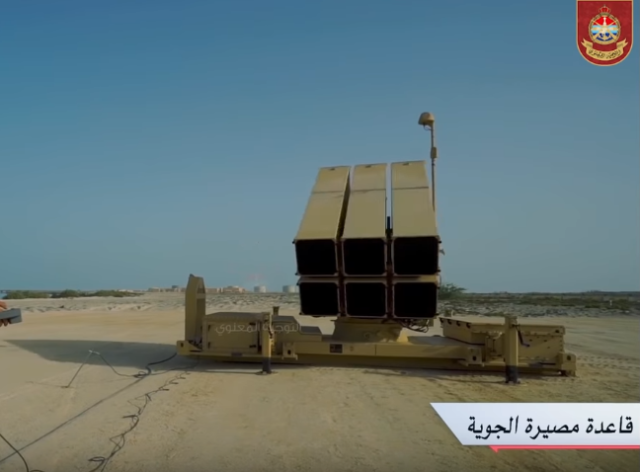
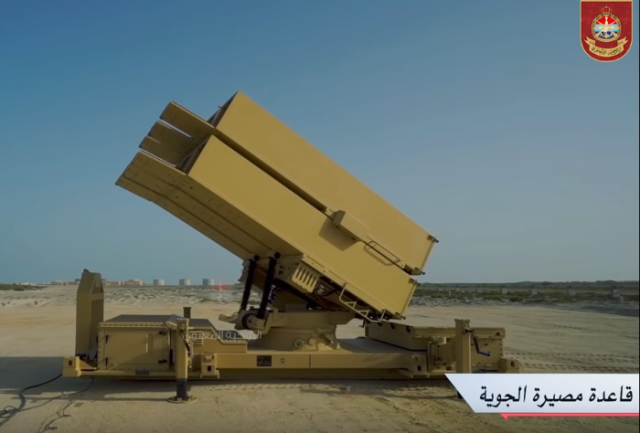
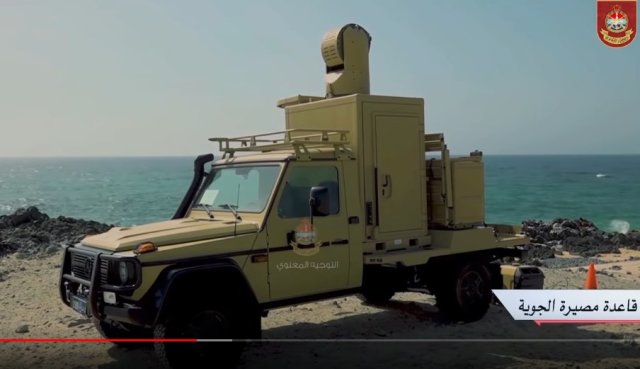
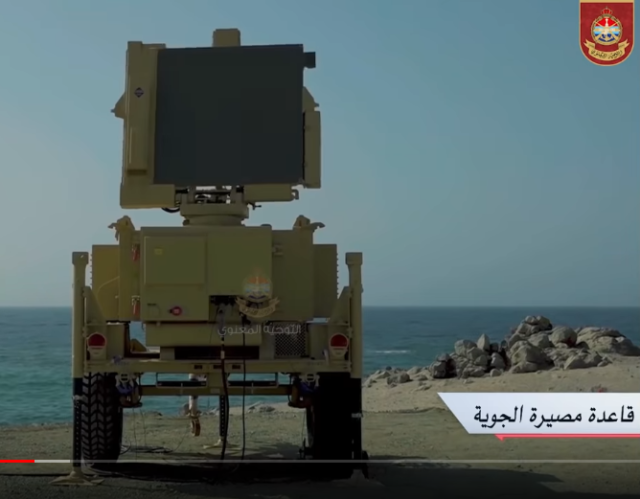
Elements of the Raytheon/Kongsberg NASAMS anti-aircraft missile system of the Armed Forces of Oman, including launchers, AN/MPQ-64F1 Sentinel electron-optical detection station and radar, May 2020 (from) footage from the video of the Ministry of Defense of Oman (via Farooq Bhai @FarooqB90714421)CEO of Raytheon Technologies Corporation Greg Hayes (c) Evan Vucci / AP

